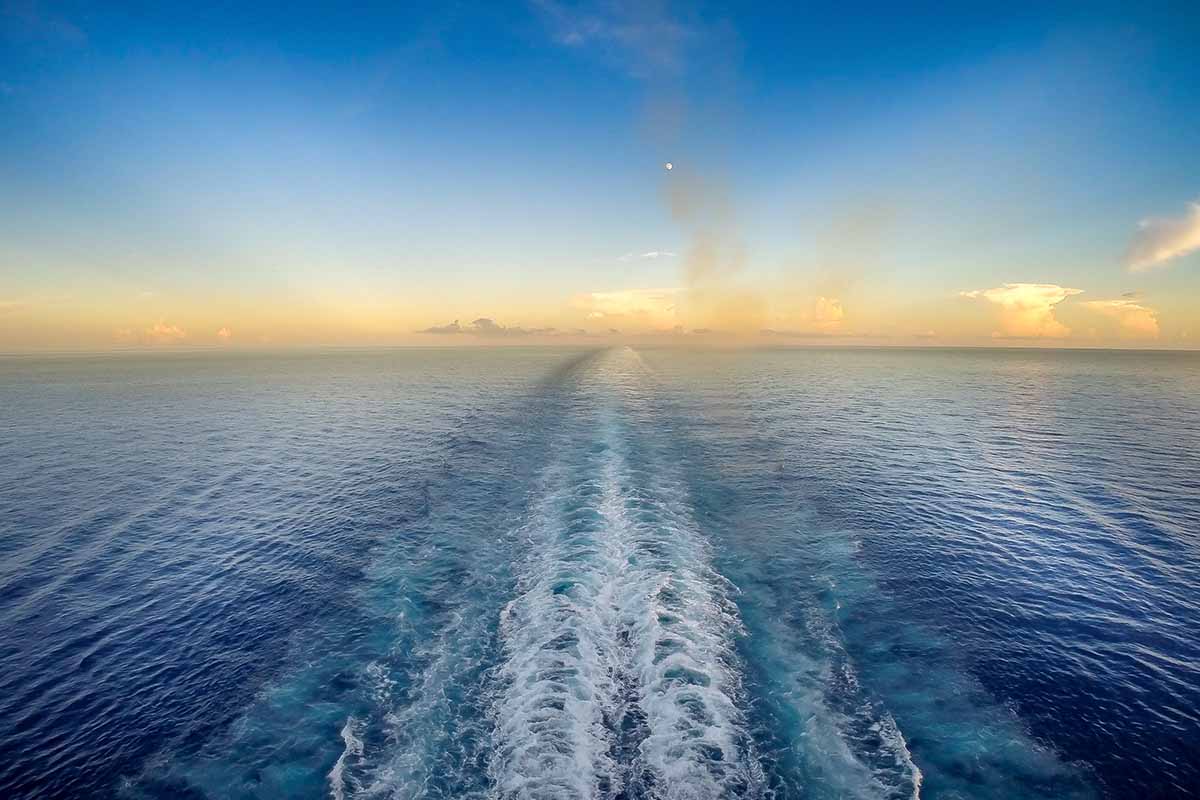Itinerary

Day 1 : Copenhagen/DENMARK
The European culture capital in 1996, Copenhagen is Scandinavia's liveliest city. The musical and artistic pageantry are rivaled only by the changing of the guard ceremony in front of the Amalienborg Palace, home of the royal family since 1794. Yet certain parts of Copenhagen maintain a village-like feel, like the winding streets around the Raadhuspladsen and enchanting Tivoli Gardens.

Day 2 : Beveridge Reef
Berlin is a result of a union between two founding towns, Colln and Berlin. They affiliated themselves in 1307 for a union. After riots, elector Friedrich II declared Colln/Berlin his residence in 1451.
The city was devastated in 1945 after the Nazi terror and the end of World War II. Berlin was then divided into four parts: the East was administered by the Soviet Union, the Southwest by the USA, the West by Great Britain and the Northwest by France. As a result of the Berlin Blockade in 1948, Berlin became an object of the Soviet-American conflict as the Americans and British supplied the three West Sectors via "Air Lift" with aircrafts they nick-named "Candy Bombers". Reconstruction began in both East and West Berlin but not without a price. August 13, 1961 is remembered as the day of division, when the Berlin Wall separated this cities people.
Twenty-eight years later, celebration broke out in the city as the Berlin Wall was torn down on November 9, 1989. Months later in 1990, Berlin was reunified and became the residence of the Federal Government, which held its first plenary session on April 19, 1999 in the redesigned Reichstag. Because the Reichstag has a new glass dome, it has become an attraction for both Berliners and tourists from all over the world. Berlin celebrated the new millennium with a magnificent party at the Brandenburger Tor. Berlin has changed a lot since then and will continue to change.

Day 3 : Beveridge Reef
Berlin is a result of a union between two founding towns, Colln and Berlin. They affiliated themselves in 1307 for a union. After riots, elector Friedrich II declared Colln/Berlin his residence in 1451.
The city was devastated in 1945 after the Nazi terror and the end of World War II. Berlin was then divided into four parts: the East was administered by the Soviet Union, the Southwest by the USA, the West by Great Britain and the Northwest by France. As a result of the Berlin Blockade in 1948, Berlin became an object of the Soviet-American conflict as the Americans and British supplied the three West Sectors via "Air Lift" with aircrafts they nick-named "Candy Bombers". Reconstruction began in both East and West Berlin but not without a price. August 13, 1961 is remembered as the day of division, when the Berlin Wall separated this cities people.
Twenty-eight years later, celebration broke out in the city as the Berlin Wall was torn down on November 9, 1989. Months later in 1990, Berlin was reunified and became the residence of the Federal Government, which held its first plenary session on April 19, 1999 in the redesigned Reichstag. Because the Reichstag has a new glass dome, it has become an attraction for both Berliners and tourists from all over the world. Berlin celebrated the new millennium with a magnificent party at the Brandenburger Tor. Berlin has changed a lot since then and will continue to change.
Day 4 : Karlskrona/SWEDEN
Day 5 : Visby/SWEDEN
Situated on the Swedish isle of Gotland, Hanseatic Visby was one of the most powerful cities in Europe. Today quaint homes and churches huddle together inside 13th-century walls. In former times, it was called "the city of ruins and roses," for along with its rose-covered churches, there is one somber sight - Gallows Hill, a place of execution so villains "might die looking at the loveliest spot on earth."
Day 6 : Mariehamn/FINLAND

Day 7 : At Sea

Day 8 : At Sea

Day 9 : At Sea

Day 10 : At Sea

Day 11 : At Sea

Day 12 : Stockholm/SWEDEN
Distributed across fourteen immaculate islands in a sheltered Baltic bay, crisscrossed by scenic bridges, Sweden's capital is one of the most beautiful cities on earth. It is a sightseeing smorgasbord, including the medieval "city between the bridges," the vast Royal Palace, and the City Hall, which hosts the yearly Nobel Prize ceremonies.

Day 13 : Stockholm/SWEDEN
Distributed across fourteen immaculate islands in a sheltered Baltic bay, crisscrossed by scenic bridges, Sweden's capital is one of the most beautiful cities on earth. It is a sightseeing smorgasbord, including the medieval "city between the bridges," the vast Royal Palace, and the City Hall, which hosts the yearly Nobel Prize ceremonies.



